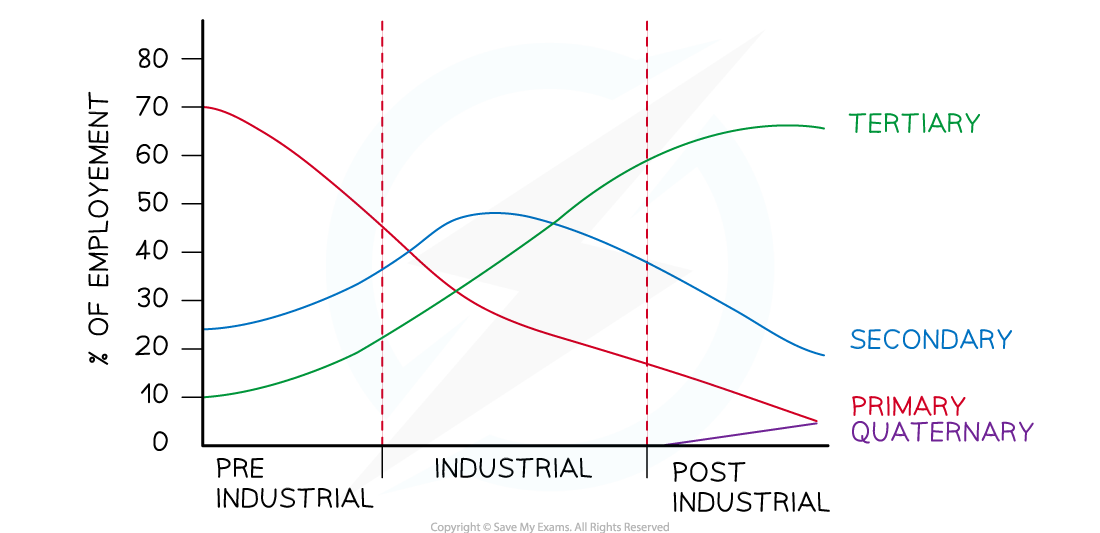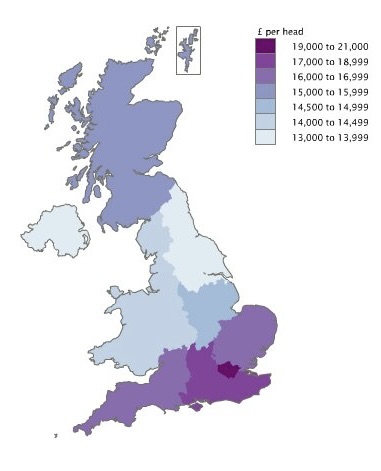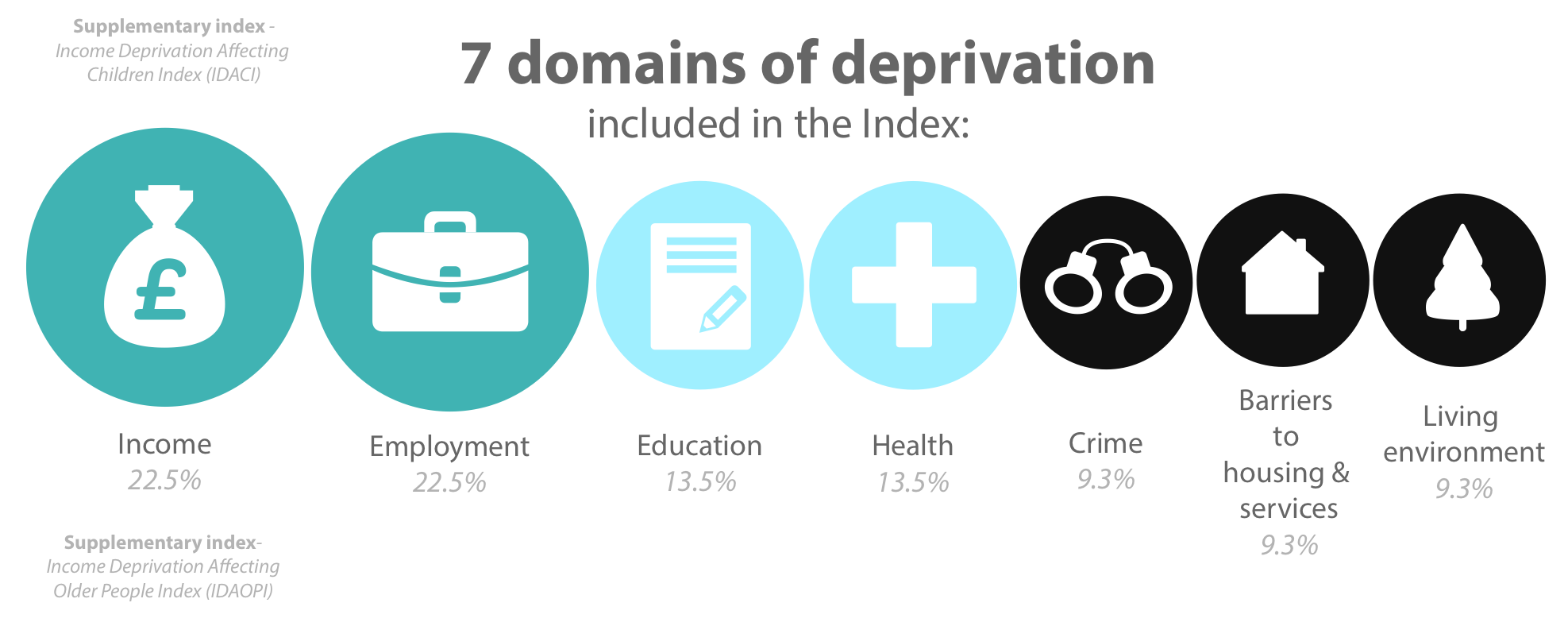Regeneration (copy)
1/15
Earn XP
Description and Tags
Name | Mastery | Learn | Test | Matching | Spaced |
|---|
No study sessions yet.
16 Terms
Regeneration
Rebranding
Reimaging
Regeneration
The processs of improving an urban or rural place by making positive changes which may include redevelopment or renewal
Rebranding
Creating a new look or reputation for an area to rebrand a place for visitors or investors, may also inlude renaming of places e.g. Brönte country
Reimaging
How the image of a place is changed e.g. how its portrayed in the media
Term used by those in charge of regeneration and rebranding, and tourism agencies when developing images for particular places
Economic change
Primary Sector
Producing food crops and raw materials
Secondary Sector
Manufactouring finished products
Tertiary Sector
Providing services, either:
Private (retail, tourism)
Public (healthcare, education)
Quaternary Sector
Providing specialised services in finance and law, or industries such as IT and biotechnology
UK economic change
Decline of primary and secondary sectors (old economy)
Growth of tertiary and quaternary sectors (post-industrial economy)
Changes between 1980 and 2015
Primary decreased 45%
Secondary decreased 43%
Tertiary increased 49%
Quaternary increased 113%
Clark - Fisher Model
As a country developes, primary industries decline (UK industrial revolution) as secondary industries increase. As globalisation shifts manufacturing towards Asia and less developed countries (global shift), and standards of living in the UK increase, secondary industries decline and tertiary becomes one of the leading industries, with quaternary also increasing

Regional inequalities: UK
High incomes in London
Capital city
Major company headquarters
Large Quaternary sector (London Docklands major IT hub)
Job availability
London has the highest % of students with GCSE passes and adults with a university degree
This relationship is linked with employment - those with higher qualifications are more likely to live in London/ move there
Then their children are more likely to pass GCSEs with high grades as a result of paid extra tuition, or a culture of doing homework
Low incomes Midlands
Global shift
Deindustrialiation
Brain drain
Declining secondary sectors

Purpose for regeneration
Regeneration is done to create a balance and eradicate social and economic inequalities. By regenerating an area, business opportunities arise which improve social facilities and overall quality of life and wellbeing
Engagement and experience of a place
There are also variations in the level of community engagement, measured through local and nation election attendance, the number of community activities and the number of developed and supported local community groups
If an areas is said to be more deprived, it will have a weaker and poorly integrated community; this can be managed by creating social groups and encouraging members to join
The lived experience and attachment of places varies according to: Age, Gender, Ethnicity, Length of residence, Levels of Deprivation & Economic Background
Conflicts can occur between different groups in communities who have contrasting views on priorities and strategies for regeneration. The causes to these conflicts can be due to the lack of political engagement and representation, ethnic tensions, inequality and lack of economic opportunity
Attachment and engagement
Why does attachment and engagement vary?
Population density
Length of residence
Ethnicity (language, cultures)
Social climate(e.g. COVID)
Age (university, retired, childhood)
Gender (gender dominatedd sports, expectations of women/mothers to be more involved)
Economic status (economic freedom and time, working locally, working from home)
Family or single
The role of UK Government Policies
By investing in infrastructure, such as high speed rails and airport developments, UK governments can maintain growth and improve accessibility to regenerate regions
Government actions may prioritise national over local needs and opinions which can delay regeneration projects and therefore worsen inequalities
UK government decisions about international migration and the deregulation of capital markets (allowing for foreign investment in London real estate) significantly impact growth and direct/indirect investment
The role of local Government Policies
Local governments compete to create business environments with designated areas for development to attract domestic and foreign investors
Local interest groups are vital in decision-making and creating regeneration projects
However, there is often conflict between these groups as interests differ
Urban and rural regeneration strategies include:
Retail-led Plans: Creates business and job opportunities
Tourism: Brings money into the area and provides a flow of culture and positive media attention
Leisure and Sport: Allows for community integration and social wellbeing
Cumulative causation
The idea that one initial economic change can lead to a range of other changes that follow
The process of self-sustaining economic growth in a city or region
Referres to positive feedbacks caused when an initial investment (e.g. a new coal mine) creates the conditions necessary for further private and public investment
Multiplier effect
The way that economic success (e.g. opening of a new business) can help support other businesses and jobs in the local area
Can be positive or negative
Measuring change
Index of Multiple Deprivation
Index of Multiple Deprivation
Uses seven data domains weighted towards income and employment

Measuring impacts of regeneration
Social
Health (% in poor health)
Education (% seeking higher education, % passed english and maths GCSE)
Crime (crime rates, recorded crimes)
Deprivation (% living in deprivation, % living below poverty line, socail housing)
Economic
Employment (unemployment rate, % in full time employment)
Income (minimum wage, median income)
Environmental
Green space (% coverage of public green spaces, air quality index, EQS survey)
CASE STUDY: Successful places?
Middlesborough
Why is regeneration neccessary?
Unemployment 14% (twice national average)
High levels of deprivation (among worst in country)
Poor educational standards (1 in 3 schools requiring improvement)
Population decline due to out migration
Outward migration has resulted in a concentration of povery and an ageing population
Around 20,000 people have left since 1990
Causes of decline
Global shift causing deindustrialisation and closure of manufacturing industries (negative multiplier effect)
Closure of S.S.I. steelworks in 2015 has led to a negative multiplier effect on the local economy
2008 Global reccession caused closure of remaining small-scale businesses and services
A failure to attract new investment and to create jobs to replace those lost
Functions and characteristics
The city has become more diverse due to international migration but less so than other more successful cities (11 % ethnic minority population)
Cheap accomodation in the city has been used to house aylum seekers resulting in tensions that were reported in the national media
Lack of opportunities has lowered motivations for academic achievement
Young, bright people move away for better oppurtunities, driving away skilled workforce
Environment
Dumping of waste affects quality of life and creates health and safety problems
Core Periphery Model
Core
Successful
Attracts investment
At expense of periphery
Bring high profit value added goods to periphery and semi periphery areas
Periphery
Unsuccessful
Benifits core areas due to outward migration of people seeking higher education and jobs
‘Brain drain’
Brings low-wage labour and raw materials to core and semi-periphery areas
CASE STUDY: Rebranding Rural Places
Brontë Country
Post production countryside
Rural villages with ties to English Literature and heritage receive large national and international tourists, which can benefit local businesses (shops, accomodation, cafes) and local people (employment opportunities)
In Haworth (where the Brontë sisters grew up), regeneration is focused on attracting more tourists by refronting shops in a victorian style and running events (e.g. 1940s weekend, hosting the Tour de France)
CASE STUDY: Regenerating Rural Places
Cornwall
Why does Cornwall need regeneration?
Post-production countryside
Suffers from rural depopulation
‘Periphery’
Far from ‘core’ regions and economic hubs, not ideal for businesses
Poorly serviced by transport infrastructure
‘Old’ economy based on primary sector
Tin prices collapsed due to cheaper supply overseas
European quotas on fishing means that is also declining
Seasonal toursim, unsustainable income
Gentrification
Ageing population
Newquay Aerohub
A partnership between Cornwall Council and private sector investors
Process of diversifying Cornwalls economy away from tourism dependence
Aims to attract investment from an viation and aerospace ‘hub’
Hoped that 700 high value, skilled permanent jobs would be generated in the first year
By 2016 only 450 jobs had been created
Building on greenfield sites
Watergate Bay, Newquay
Extreme Sports Academy targets young adults, offering courses in surfing, water skiing, and kite surfing
Watergate Bay Hotel open year-round and employ 60 people
Jamie Oliver's ‘Fifteen’ opened in 2006 and trains young people in catering - fifteen 16-24 year olds from disadvantaged backgrounds selected for training each year (work at restaurant and train at college)
EDEN Project
Built on the site of a former quarry
Year round science/ education attraction
In its first ten years 13 million visited, generated an extra £1 billion for cornish economy, employed 700 people directly and made 3000 jobs elsewhere (positive multiplier effect)
Now making use of geo-thermal energy to heat rainforest biome dome and will soon provide renewable geothermal energy for 7000 local homes
Using science/ environment as a strategy to regenerate
Largely deemed sucessful but negatives include traffic generated and cost (£140 million)
Combined Universities
Increased range of uni courses and developed knowledge economy
University College Falmouth and Exeter University joined forces to create the CUC together with Penwith and Truro colleges
Also helps graduates set up own businesses or secure jobs in knowledge companies in area - trying to reduce 'brain drain'
Student economy in Falmouth has resulted in healthy property rental market and thriving economy of bars and restaurants